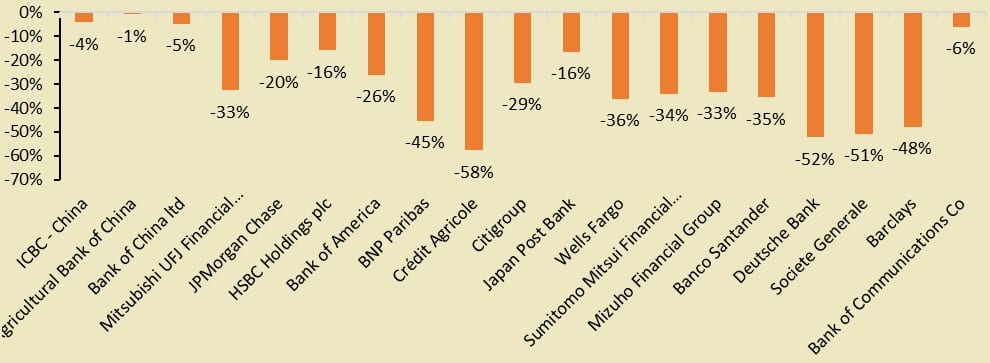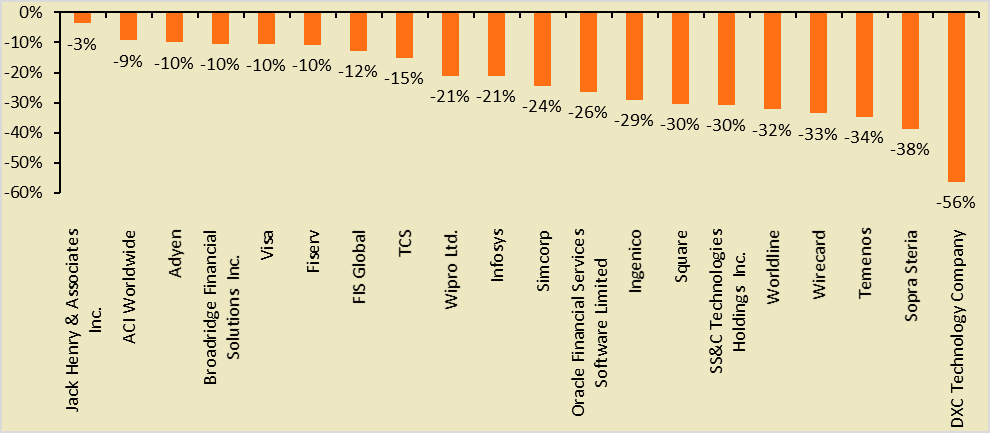Making real-time reporting a reality
By Andreas Hauser,Senior Business Product Manager, Real-time Reporting and Innovation Cash Clearing, Cash Management, Deutsche Bank
If a client were to ask its bank why a payment had not been fulfilled, is it really acceptable for the answer to be: “We don’t know”? Real-time liquidity benefits are ready to seize in the here and now. With the right application and a consistent consumption of real-time account information, banks can have a clear view on their current liquidity situation.
Flashback to the year 2008 and the height of the financial crisis. A counterparty has just defaulted on a sizeable payment to a large global bank. The bank is highly sensitive to changes in its intraday liquidity positions, so immediate action is required. Unfortunately, the bank lacks visibility over its intra-day payment flows and is therefore unable to respond to this situation quickly and decisively. Without the necessary liquidity the bank finds it hard to mitigate the negative impact on its own time-sensitive payment obligations and the situation begins to snowball – spreading from one bank to another before the end of the business day.
The potential for such scenarios was an obvious red flag for regulators. Something had to change and as a result, the Basel Committee on Banking Supervision (BCBS) proposed guidelines in 2008 and 2013, known as BCBS 144 and BCBS 248 respectively, recommending principles for banks to track their liquidity flows over the course of the business day. Returning to the present day, we find the regulatory emphasis on real-time visibility has even increased, with the incorporation of BCBS 248 into the Basel Framework. However, the mandate of real-time cash-balance monitoring and reporting has yet to materialise across the market.

It’s an issue that has receded from the limelight in recent years, but, in this day and age, if a client were to ask its bank why a payment had not been fulfilled, is it really acceptable for the answer to be: “We don’t know”? Banks should have a clear view over their intra-day cash positions – be it on their RTGS accounts or on accounts held with Nostro Agents. It’s the starting point not only in guarding against stress scenarios, but also to manage and optimise their payment flows. Put simply, banks that don’t capitalise on this opportunity are missing out on potentially huge efficiencies and controls.
Maximising efficiency and control
From medium-sized to more specialist players, there are a number of banks with significant cash positions in the main currencies. In any given 24-hour period these positions are likely to vary significantly. Though there is no one optimum pattern – as this depends on the bank’s business models, products and locations – the benefits of implementing the guidelines published by the Liquidity Implementation Task Force (LITF), in response to the former BCBS 248-paper, are clear.
These have been demonstrated in a recent Deutsche Bank study, which compared the daily real-time cash balances from start of day until end of day for four banks across a three-month period. Figure 1 shows a bank that has not implemented a real-time cash-balance reporting strategy, while Figure 2 shows a bank that has.
Figure 1: Non-user of real-time reporting services
Figure 2: User of real-time reporting
At the bottom of Figure 1, the outlined box shows the points at which the account is under-funded. To avoid being short on the account and having time-sensitive payments queuing-up as a result, a liquidity deficit such as this might force the bank to rely on intra-day credit lines, incoming flows or liquidity transfers. In contrast, the box at the top of Figure 1 outlines where the account is being over-funded – meaning that the bank is holding onto surplus cash that could be better leveraged elsewhere. These inefficiencies, resulting from either over- or under-funding, can last for the majority of some business days.
Comparatively, the bank that has implemented real-time cash-balance reporting into its liquidity management strategy, as depicted in Figure 2, suffers shorter and less frequent instances of over- or under-funding and has a clearly defined daily pattern, reflecting a considered strategy.
Seize the opportunities
So why do these benefits remain off the radar for many participants in the correspondent banking network? For a considerable number of banks, industry-wide projects, such as the migration to the ISO 20022 payment messaging standard, are being addressed with a greater sense of urgency. In addition, the development of complementary technologies, including Application Programming Interface (APIs), Distributed Ledger Technology (DLT) and artificial intelligence (AI) and automation, are rising up the strategic agenda.
But history teaches us that the “next big thing” will always loom on the horizon, while real-time liquidity benefits are ready to seize in the here and now. With the right application and a consistent consumption of real-time account information, banks can have a clear view on their current liquidity situation. What’s more, in combination with SWIFT gpi, banks can enjoy improved visibility across all parties involved in cross-border payments, including the status of the payment at each embedded agent. These are upgrades that can be implemented today and pay for themselves long before the ISO 20022 migration has completed.









 By Bhavin Turakhia,
By Bhavin Turakhia,


